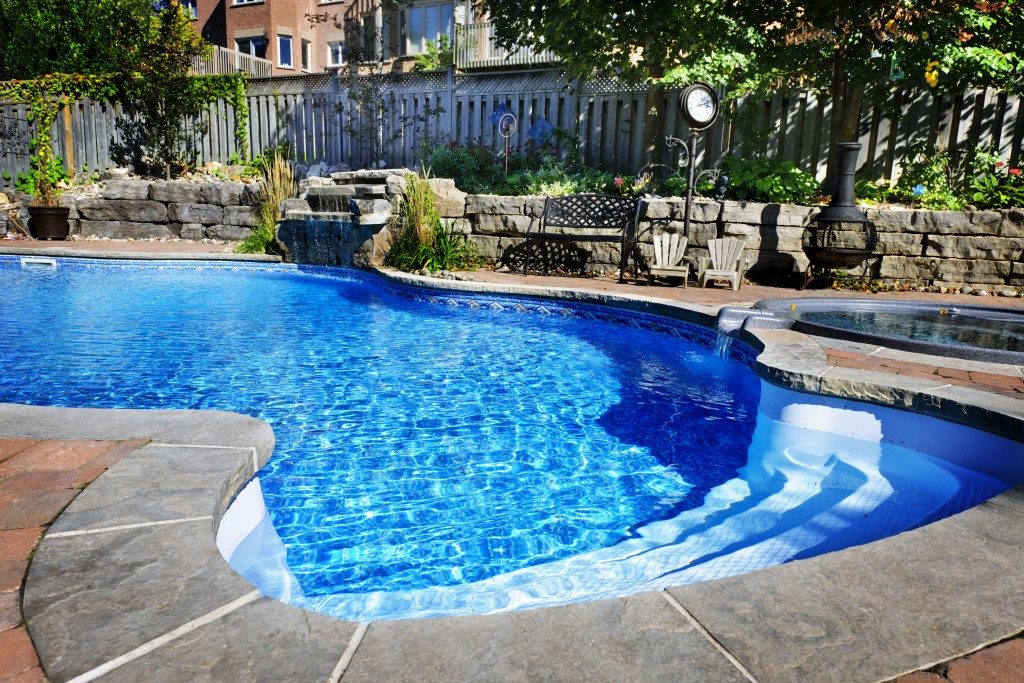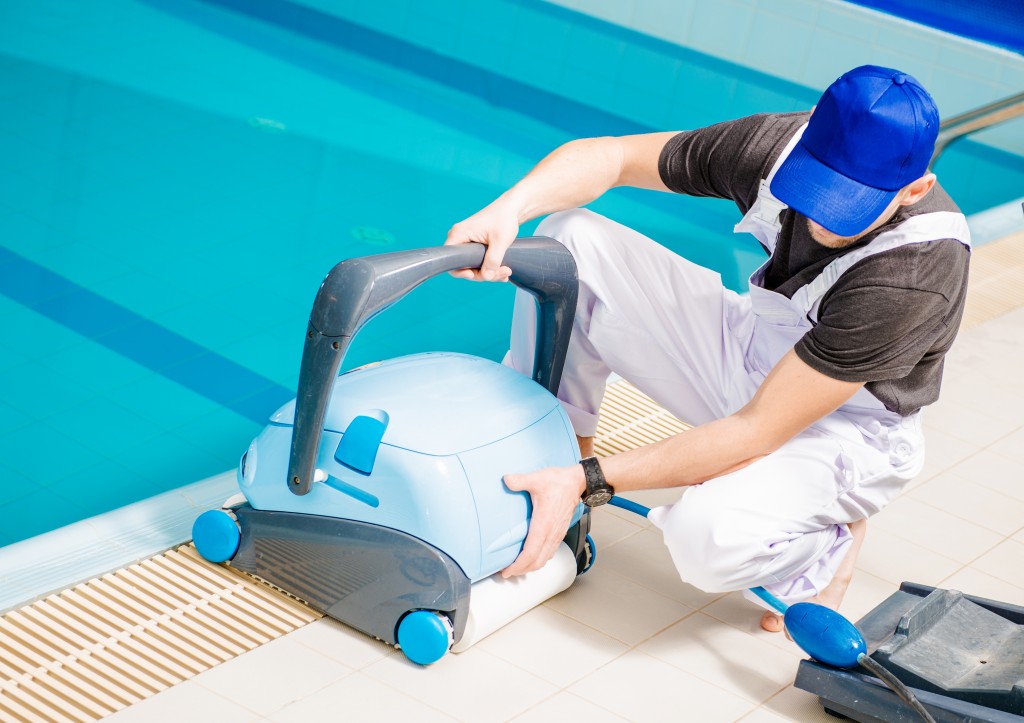Taking a dip in a pool after a tiring day at work or during a hot day or night is one of the sure ways of getting refreshed and energized. Whether it’s a public pool or one located in a private residence pools will always be a magnet for folks who love swimming and relaxation.
But, just how sure can one be that the water in the pool is safe and sanitary for a recreational or competitive swim?
The World Health Organization (WHO) has released a set of guidelines for ensuring safety in recreational water environments, which include swimming pools and similar facilities. The guidelines involve measures such as installing a CO2 pH control system to keep the water in the pool safe and hygienic, as well as ensuring that proper pre-swim hygiene measures are followed like taking a shower.
Meanwhile, the U.S. Centers for Disease Control (CDC) has published information materials that serve as guides for pool owners and caretakers to follow. The guidelines include putting chlorine and maintaining a specific pH level to ensure the safety of swimmers.
If you own or manage a pool, you have to keep it safe and hygienic at any given time. Take a quick read of these eight pool sanitizing techniques to make your swimming pool safe for everyone to swim in:
-
Regularly clean the filter.
Swimming pool filters must be cleaned periodically to ensure their optimum functioning and keep them effective as a cleaning feature. The recommended interval for pool filter cleanup is at least once every four months or thrice a year. When cleaning the filter, be sure to use trisodium phosphate and acid diluted with water. You can place the filter inside a trash can with the solution that you mixed.
-
Keep your water pH level between 7.2 and 7.8.
The water in pools must be regularly checked and maintained within a safe level. The ideal pH level of water in your pool must be anywhere between 7.2 and 7.8 to ensure that your pool is safe for swimming. If your pool’s water pH level gets higher than the recommended threshold level, the less effective chlorine becomes as a sanitizing agent. Do this check at least once every two weeks during winter and twice a week during summer.
-
Install a dedicated system to control the pool’s water pH level.
Aside from just checking your pool’s water pH level on a regular basis, you should likewise invest in a reliable and proven pH level control system. This handy feature will serve as your onsite guard to ensure that the water pH level stays within the recommended water pH range. This system eliminates the need to add chlorine daily so you can focus on more important things. It is easy to use and operate and will make pool sanitizing and maintenance a breeze.

-
Do regular pool skimming.
Over time, your pool could accumulate debris and even trash that would not only make it an eyesore but also pose health and safety hazards to swimmers. You may do this daily or once a week, depending on the presence of debris in your pool.
-
Install a pool cover.
Pool covers may cost a considerable amount of money but the benefits they provide make them worth every single penny spent. A pool cover retains heat, which is perfect during cold days when pool water can be quite chilly. It is also great protection against accidental drowning, especially if you have small kids and pets on your property. Additionally, a pool cover keeps debris and dirt away from your pool, thus lessening the chances of it getting dirty or unhygienic.
-
Clean the lint pot.
The lint pot located inside the pump is yet another part of your pool that you must clean regularly. When the lint pot becomes clogged with dirt and debris, it would negatively affect the pump and cause it to malfunction or perform less efficiently. You may do this once a month, once every quarter, or as often as needed.
-
Do other pool cleanup tasks.
Ensuring the cleanliness and safety of your pool is a pretty time-consuming affair but one that is essential. Aside from the cleanup tasks already mentioned, you should do other things such as vacuuming, shocking, and scrubbing. Fortunately, they don’t have to be done as often as the other cleanup jobs so you can heave a little sigh of relief.
Maintaining your pool can be laborious, but with these seven great sanitizing hacks, it should be easier to perform.

